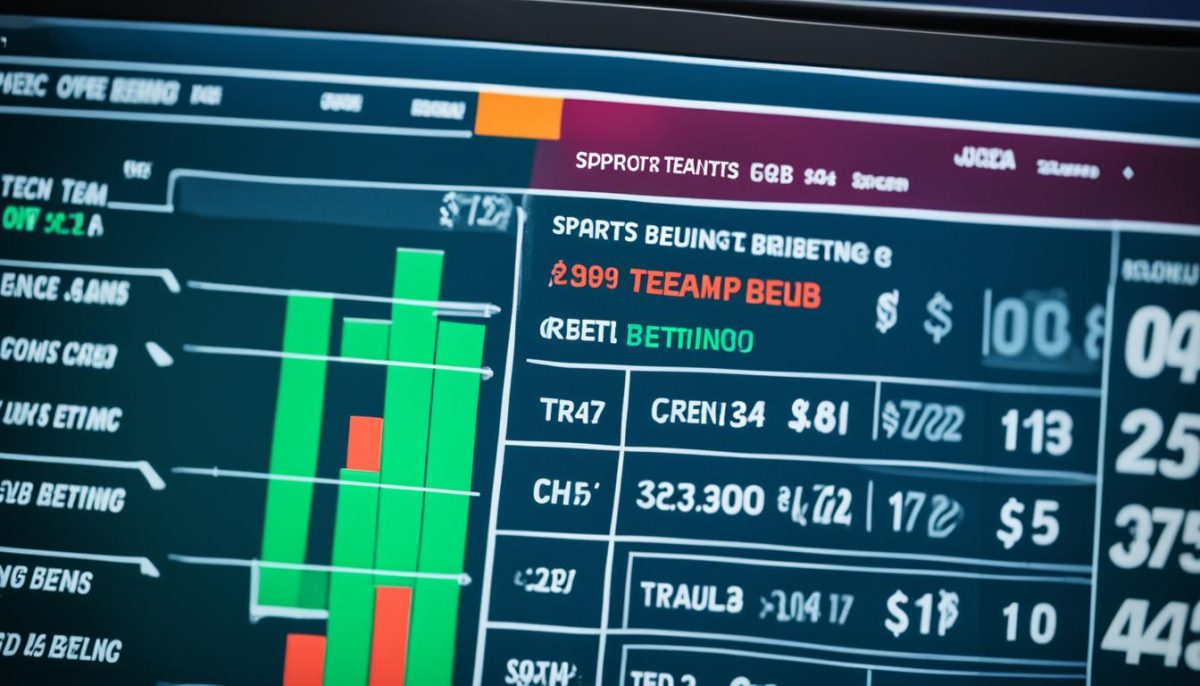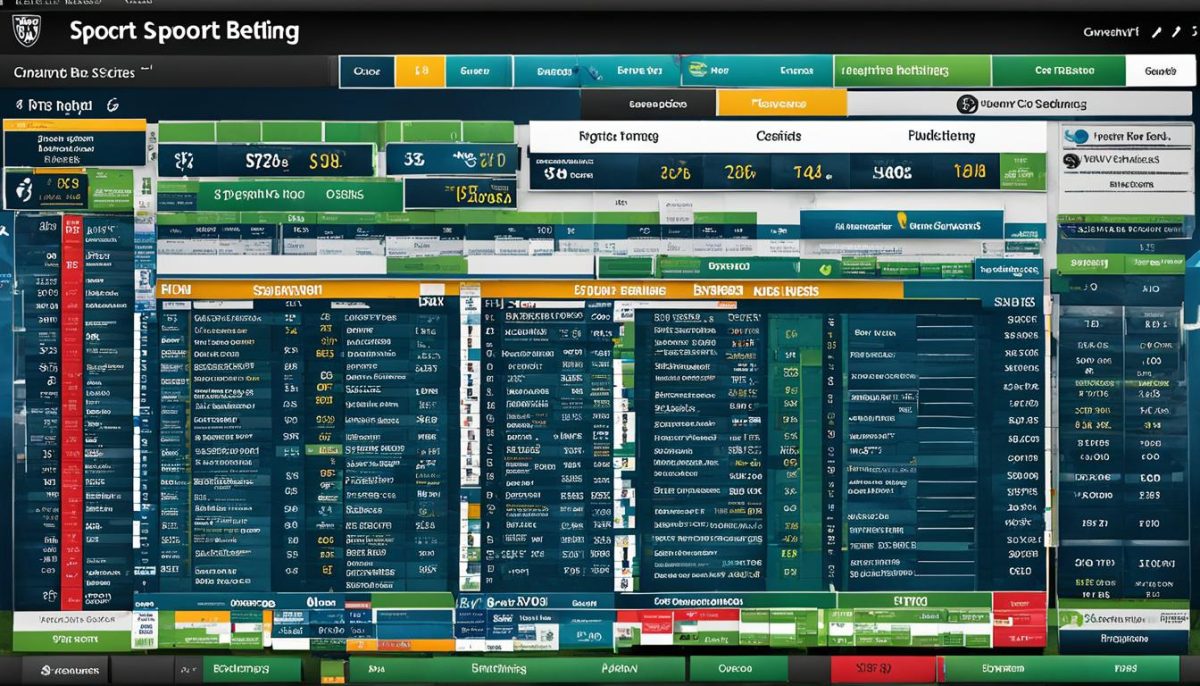Welcome to our comprehensive guide on the effective use of a Sport Betting Model. If you’re a sports betting enthusiast looking to take your game to the next level, this is the article for you!
When it comes to sport betting, having a well-developed and strategically designed model can make all the difference. It not only enhances your understanding of the games but also empowers you to make more accurate predictions and secure better wagers.
By incorporating various factors, statistical modeling techniques, and data analysis, an effective sport betting model allows you to make informed decisions based on reliable information and expert insights. This can significantly improve your chances of success in the ever-competitive world of sports betting.
In this guide, we will delve into the basics of a sport betting model and discuss how it works. We will then provide valuable insights on how to build your own model from scratch, exploring different strategies and approaches that can elevate its accuracy and sophistication.
Furthermore, we will guide you through the process of implementing and refining your sport betting model, using real-time data and continuous improvement techniques. We will also touch upon the importance of risk management strategies to optimize your betting decisions.

Understanding the Basics of a Sport Betting Model
In the world of sports betting, having a solid foundation is essential to success. And that’s where a Sport Betting Model comes into play. A sport betting model serves as the backbone of your betting strategy, guiding your decisions and helping you make more informed wagers.
So, what exactly is a sport betting model? In simple terms, it is a mathematical framework or algorithm that analyzes various factors and data to predict the outcome of sporting events. It takes into account historical performance, team statistics, player data, and other relevant information to generate probabilities and odds.
But a sport betting model is more than just crunching numbers. It’s about understanding the intricacies of the game, identifying patterns, and recognizing trends that can influence the outcome. By incorporating both quantitative and qualitative analysis, a well-developed model can provide valuable insights and increase your chances of making profitable bets.
When developing your own sport betting model, there are a few key elements to consider. First and foremost, you need to define the goals and objectives of your model. Are you aiming to maximize profits, minimize risks, or strike a balance between the two? Understanding your objectives will help you tailor your approach and focus on the right metrics.
Next, you’ll need to gather relevant data. This includes historical data on teams, players, and game performance, as well as real-time data on injuries, weather conditions, and other variables that can impact the outcome. The more comprehensive and accurate your data, the more precise your model can be.
Once you have the data, you’ll need to analyze and process it. This involves applying statistical modeling techniques, such as regression analysis or machine learning algorithms, to identify patterns and correlations. These insights will form the basis of your model and enable you to make predictions with a degree of confidence.
It’s important to note that a sport betting model is not a crystal ball. It cannot guarantee 100% accuracy, as there are always unpredictable factors in sports. However, a well-developed model can provide an edge and elevate your game by increasing the probability of making successful wagers.
In the next section, we will explore how to build an effective sport betting model, diving deeper into the strategies and techniques that can enhance your betting experience.

Building an Effective Sport Betting Model
In order to elevate your game and make secure wagers, it is essential to build an effective sport betting model. By constructing a well-developed model, you can enhance your decision-making process and increase your chances of success.
Data analysis plays a crucial role in building a strong foundation for your model. By thoroughly examining historical data, you can identify patterns, trends, and key indicators that can inform your predictions. Statistical modeling techniques, such as regression analysis and machine learning algorithms, can be utilized to analyze and interpret this data effectively.
When constructing your sport betting model, it’s important to consider various factors that can influence the outcome of a game. These factors may include team/player performance, injuries, weather conditions, playing surface, and historical head-to-head matchups. By incorporating these variables into your model, you can create a more comprehensive and accurate representation of the game.
“A successful sport betting model is built on a solid foundation of data analysis and thorough consideration of key factors. It is a dynamic and evolving system that requires continuous refinement.”
There are different strategies and approaches that can be incorporated to make your model more robust and accurate. One approach is to use a weighted system, assigning different levels of importance to each factor based on their relevance and impact on the outcome. Another strategy is to implement a consensus model, which considers insights from multiple experts or sources to form a more comprehensive prediction.
Furthermore, it is essential to regularly evaluate and fine-tune your model to ensure its effectiveness. This can be done by conducting backtesting to assess the performance of your model against historical data. By identifying any weaknesses or areas for improvement, you can refine your model and optimize its predictive capabilities.

| Factors to Consider | Weight |
|---|---|
| Team performance | 0.3 |
| Injuries | 0.2 |
| Weather conditions | 0.1 |
| Playing surface | 0.1 |
| Head-to-head matchups | 0.3 |
Table: Factors to consider when building a sport betting model
Implementing and Refining Your Sport Betting Model
Now that you have developed a well-crafted sport betting model, it’s time to put it into action. Implementing your model is a crucial step towards elevating your game and increasing your chances of success. By following a systematic approach, you can refine your model over time, ensuring it remains effective and aligned with the ever-changing sports betting landscape.
One key aspect of implementing your model is testing. It’s important to analyze its performance by comparing the predicted outcomes to the actual results. By doing so, you can identify any areas that need adjustment or refinement. Consider keeping a record of your bets and the corresponding outcomes to evaluate the accuracy of your model.
Refining your sport betting model involves continuous improvement and adaptation. As trends and patterns in the sports world evolve, it’s essential to stay up-to-date with the latest information and adjust your model accordingly. Monitor relevant factors such as player injuries, team dynamics, and other external influences to make informed adjustments to your model.
In addition to refining your model, it’s crucial to incorporate risk management strategies into your betting decisions. This helps you optimize your bets and minimize potential losses. Consider diversifying your wagers, setting realistic bankroll limits, and applying proper staking techniques to protect your investments.
